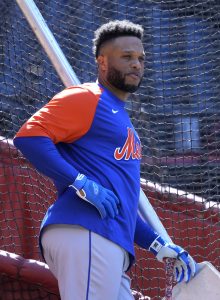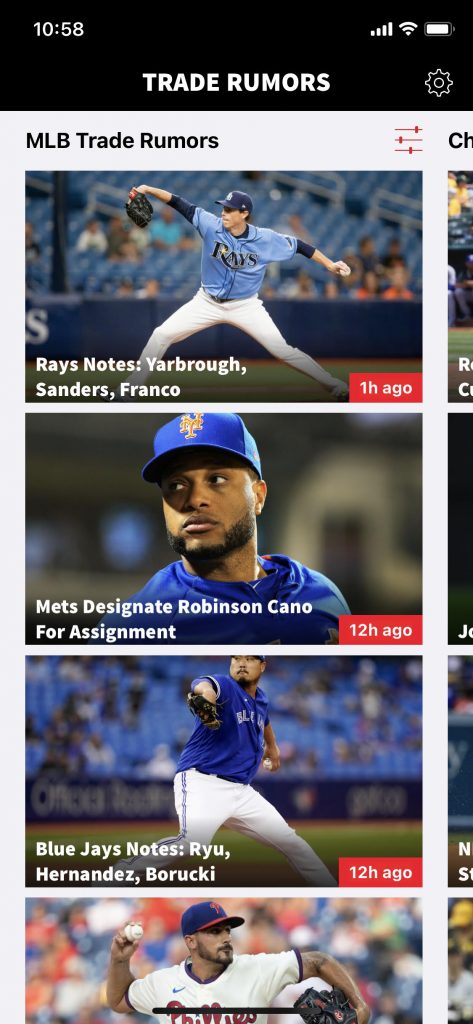As always, this year’s trade deadline will prominently feature many players who will be eligible for free agency after the season. Here’s a look at 10 rental hitters off to strong starts who could be available in trade. All of the teams included in this post currently feature playoff odds below 35%.
- Josh Bell, Nationals: 178 wRC+. Off to a blistering start, Bell has sliced his strikeout rate to less than 10% in the early going. There’s a strong chance the Nats send him to a contender this summer. The Twins would make for a nice fit.
- Xander Bogaerts, Red Sox: 157 wRC+. There’s little question Bogaerts will opt out of his contract after the season, but the 10-19 Red Sox at least have a fighting shot at the playoffs this year (FanGraphs gives a 21.8% chance). If the team fades further, it’ll make sense to put Bogaerts on the market. However, Bogaerts has full no-trade protection, so he controls his fate. The Angels and Cardinals could make for good matches.
- Brandon Drury, Reds: 157 wRC+. Drury showed some pop last year for the Mets as well, and he has a .274/.324/.524 line with 10 home runs in 182 plate appearances since 2021. And Drury does have the Statcast hard-hit data to back up his success this year. He joined the Reds on a minor league deal in March, and the 29-year-old figures to be spun into some kind of modest trade deadline return.
- Willson Contreras, Cubs: 148 wRC+. Contreras figures to be highly sought after at the trade deadline, especially with the average catcher putting up an 81 wRC+. Unless the Cubs change their mind about extending their soon-to-be-30-year-old longtime backstop, he’s quite likely to be dealt. The Guardians or Mets could make sense.
- J.D. Martinez, Red Sox: 148 wRC+. Of the three Red Sox regulars who are actually hitting this year, two of them are headed toward free agency after the season. And Rafael Devers isn’t far behind. Martinez is earning a hefty $19.375MM this year and can block trades to three teams.
- Ben Gamel, Pirates: 142 wRC+. Gamel is one of a handful of bright spots on the Pirates, but he’s also earning only $1.8MM this year and is slated for free agency.
- Andrew Benintendi, Royals: 133 wRC+. There’s a chance the Royals extend Benintendi, but as of now he’s on track for free agency. He hasn’t shown much pop this year, but he’s sixth in the AL with a .330 batting average.
- Jean Segura, Phillies: 128 wRC+. Like the Red Sox, the Phillies are another potential trade deadline seller that isn’t out of contention yet. Segura, who is earning $14.25MM this year and has a $17MM option for ’23, does have full no-trade protection.
- Jesus Aguilar, Marlins: 122 wRC+. The Marlins’ first baseman hasn’t hit for much power this year, but with the deadened baseballs, standards have changed. There’s a good chance he’s traded.
- Tommy Pham, Reds: 118 wRC+. The Reds have limited trade bait on the position player side, but Drury and Pham figure to be sent packing.
Though this post is focused on trade targets who have hit well through the season’s first month, the rental market will certainly feature others with track records of success, such as Nelson Cruz, Mitch Haniger, and Adam Frazier.


